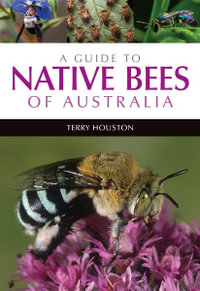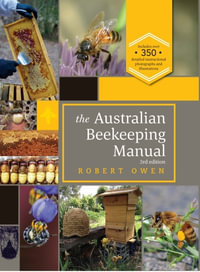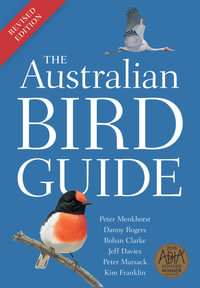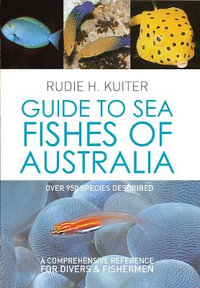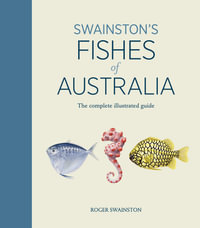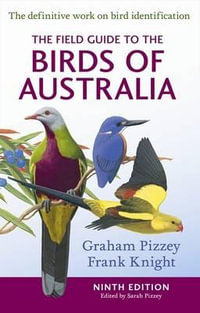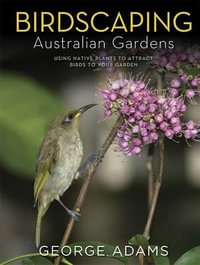The global amphibian decline crisis, first noted in 1989, has stimulated a huge amount of conservation activity across the world, much of it building on existing conservation efforts focused on local concerns about amphibians. In Britain, for example, realisation that amphibian declines are a global problem gave fresh impetus to efforts to reverse the widespread destruction of amphibian breeding ponds that has occurred, as a result of changing agricultural practices, since World War II. A key question raised by all this activity is: does it work?
This remarkable and very important book addresses this question. It is a product of the Conservation Evidence project, an initiative that pursues an evidence-based approach to determine the effectiveness of the many and various interventions that have been made across the world to conserve biodiversity. The Conservation Evidence project produces an open-access journal, Conservation Evidence, maintains an expanding database, and compiles detailed synopses on specific topics, of which this book is the fourth to be published. It is the product of an enormous effort of scholarship, covering 107 different interventions that have been made to conserve amphibians around the world, and analyzing the result of 416 studies. Only studies in which the outcome of interventions has been assessed are included. Sadly, a great deal of conservation effort has been conducted over the years, the success of which, for lack of motivation or funding, has not been evaluated. A majority of studies come from Europe and North America and thus deal with temperate species.
The book is divided into 14 sections, representing major areas of conservation activity. These include: agricultural landscapes, the use of biological resources (including amphibians themselves and the habitats in which they live), countering the impact of invasive species (including chytridiomycosis), pollution, and habitat creation and restoration. A large section deals with all aspects of relocating amphibians, rearing them in captivity and releasing them into the wild. A final section discusses education and awareness raising. The book contains a mass of detailed information, concisely presented and with virtually no discussion. The reader is left to reach his or her own conclusions on the basis of the evidence presented. It is by no means 'easy reading' but it is an invaluable resource for anyone contemplating doing something useful to help amphibians.
In keeping with an evidence-based approach, the tone of this book is measured and scrupulously objective, and free of both the optimistic rhetoric or the doom-laden foreboding that pervades much of the conservation literature. The overall message is that conservation efforts work in some instances, but not in others. What works for one species does not necessarily work for another. The book is thus an invaluable resource for anyone designing a new conservation project and it should lead to better-designed and better-informed conservation efforts in the future. It should also lead to a better use of limited resources, both financial and human, by enabling project designers to focus on procedures the effectiveness of which has been demonstrated.
Some of the results of the analyses presented in this book are surprising and thought provoking. For many years I participated in a 'help a toad across the road' exercise, going out at night to rescue migrating toads from a busy road before they were squashed. There are many such exercises in the UK, resulting in the apparent rescue of thousands of toads each year. The evidence suggests, however, that the impact of such activity on toad population sizes is rather modest. However, toad rescues are a low-cost activity that achieves the invaluable objectives of involving local people and raising awareness of conservation issues. In contrast, the translocation of Great Crested Newts (Triturus cristatus) in Britain inc



